
War movies often try to feel realistic, but the most powerful ones are often made by directors who actually fought in wars. These filmmakers use their own difficult experiences to create stories that feel truly authentic and emotionally impactful. Whether it was the trenches of World War I or the jungles of Vietnam, they turned their time in service into unforgettable films. This collection showcases movies made by directors who saw the realities of war with their own eyes.
‘Platoon’ (1986)
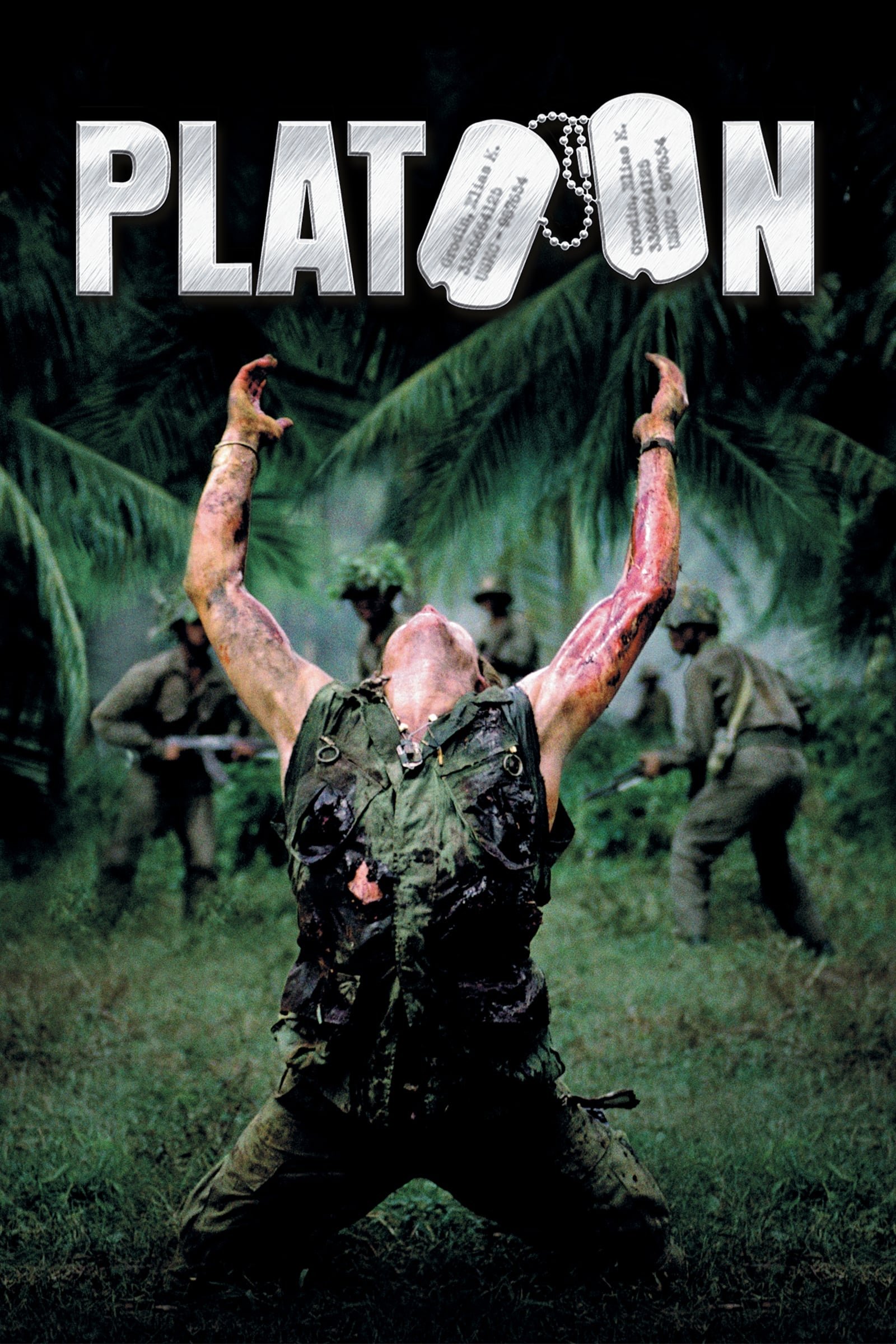
Oliver Stone drew on his own experiences as a soldier in Vietnam to write and direct this film. It tells the story of a new recruit who’s torn between two sergeants with very different ideas about war and what it means to be human. Stone used his memories to realistically and powerfully show the chaos and fear of fighting in the jungle. This film made history as the first Hollywood movie about Vietnam, written and directed by a veteran, to win the Academy Award for Best Picture.
‘The Big Red One’ (1980)
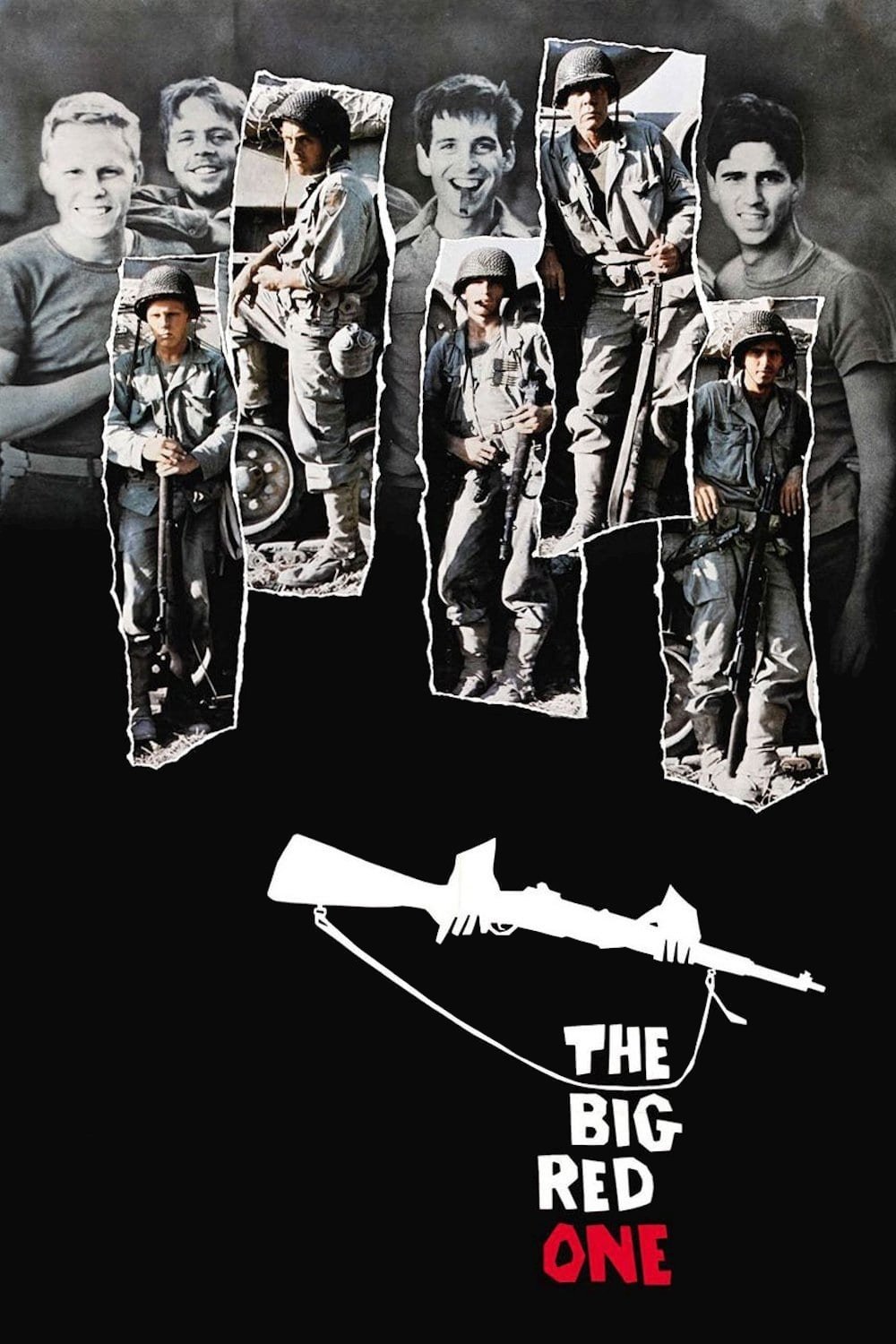
This film is based on Samuel Fuller’s own experiences fighting with the 1st Infantry Division in World War II. It follows a tough sergeant and his squad as they battle their way through North Africa and Europe. Fuller drew directly from his time as a foot soldier, adding realistic details and events. The movie powerfully portrays the mental challenges and strong bonds between soldiers on the ground.
‘Wings’ (1927)
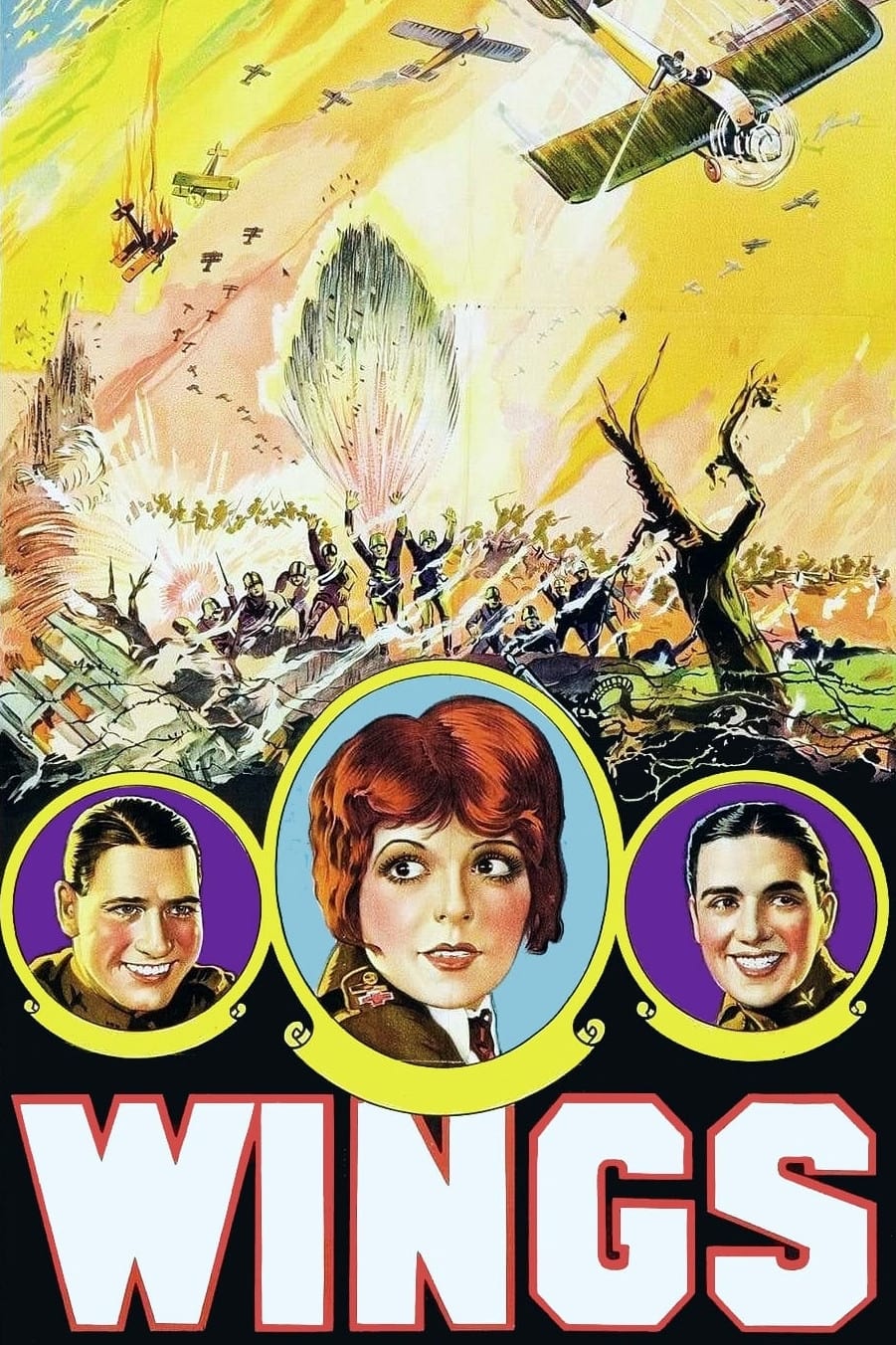
As a total film buff, I’m always fascinated by the stories behind the movies, and this one’s a great example. The director, William Wellman, actually flew in World War I himself, and you can feel that authenticity in every frame. It’s a silent film about two guys who start as rivals for a woman’s affection, then end up flying and fighting together as airmen. What really blew me away is he used real planes and pilots – no miniatures or trick photography! It’s a thrilling look at the early days of aerial combat, and it’s pretty cool to know it made history as the very first film to win the Best Picture Oscar.
‘Grand Illusion’ (1937)

Jean Renoir was a soldier in both the French cavalry and air service during World War I, and later became a famous director. His most well-known film tells the story of French officers held as prisoners of war by the Germans, and their attempts to escape. The film isn’t just about the war itself, but also examines the differences between social classes and the common ground shared by people on opposing sides. Renoir drew on his own experiences during the war to create a deeply human story that speaks to everyone, regardless of nationality.
‘They Were Expendable’ (1945)
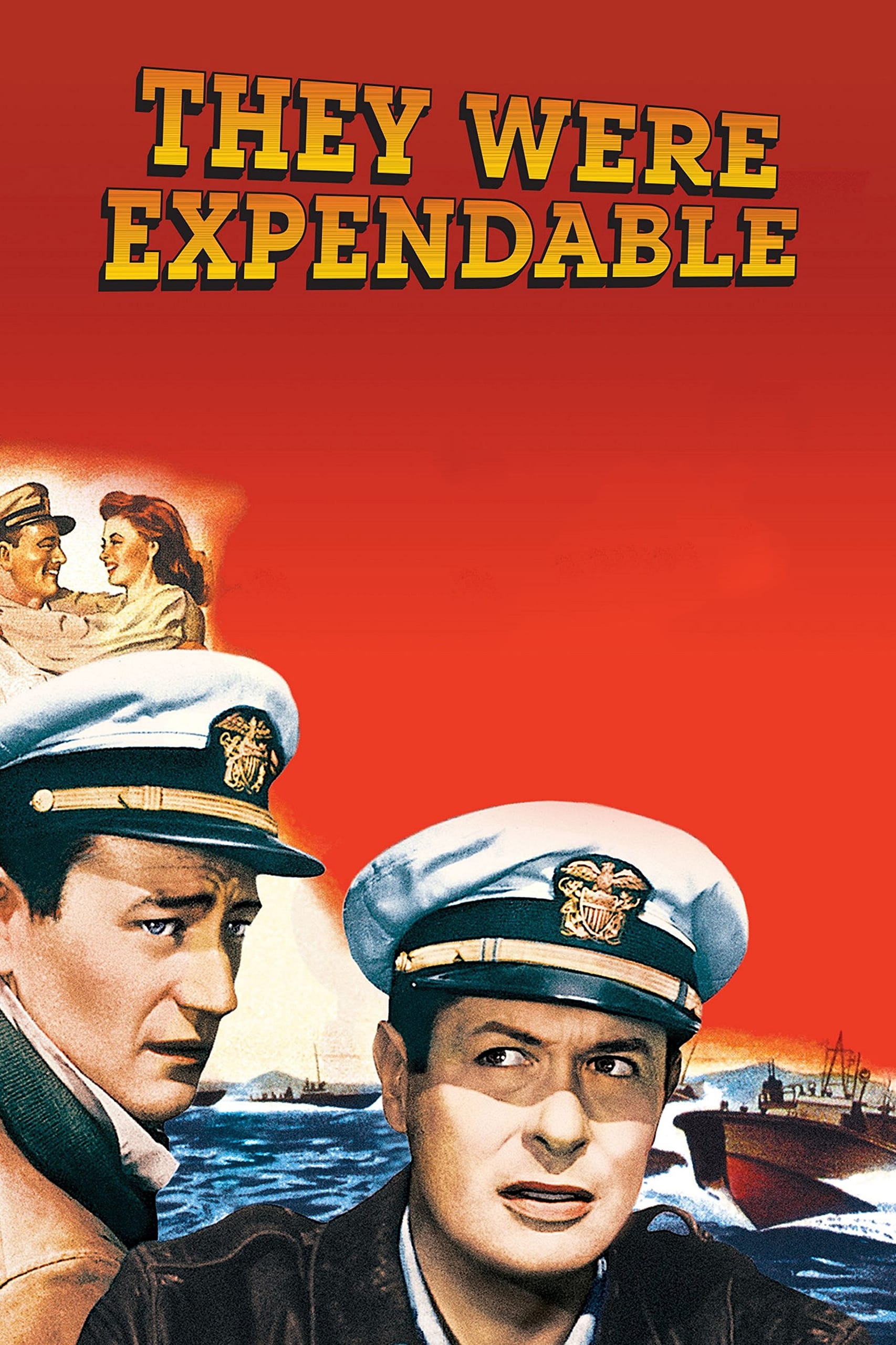
John Ford was a Navy Reserve commander who led a film unit during World War II. His movie portrays the story of a PT boat squadron fighting in the Philippines during the initial, difficult months of the Pacific War. Ford brought a serious and realistic feel to the film, drawing on his own experiences with loss and sacrifice. It’s known for avoiding exaggerated heroism and instead emphasizing the importance of duty.
‘The Best Years of Our Lives’ (1946)
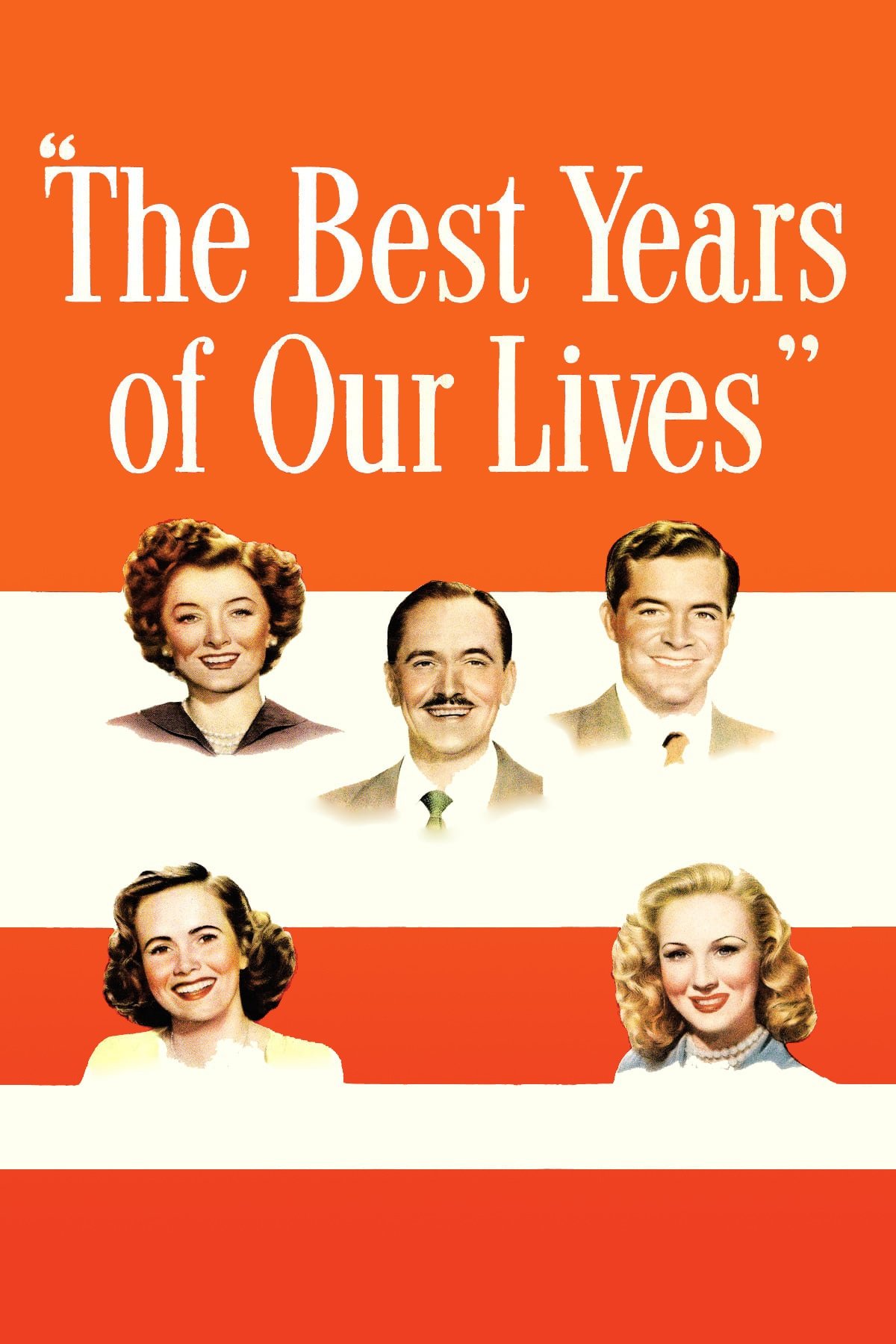
Before directing this beloved film, William Wyler actually flew missions over Europe during the war, filming documentaries for the U.S. Army Air Forces. The movie follows three veterans as they struggle to adjust to life back home after World War II. To ensure accuracy and respect, Wyler cast a real veteran who had lost his hands in the war. The film powerfully and sensitively portrays the lasting emotional and physical effects of combat.
‘Journey’s End’ (1930)
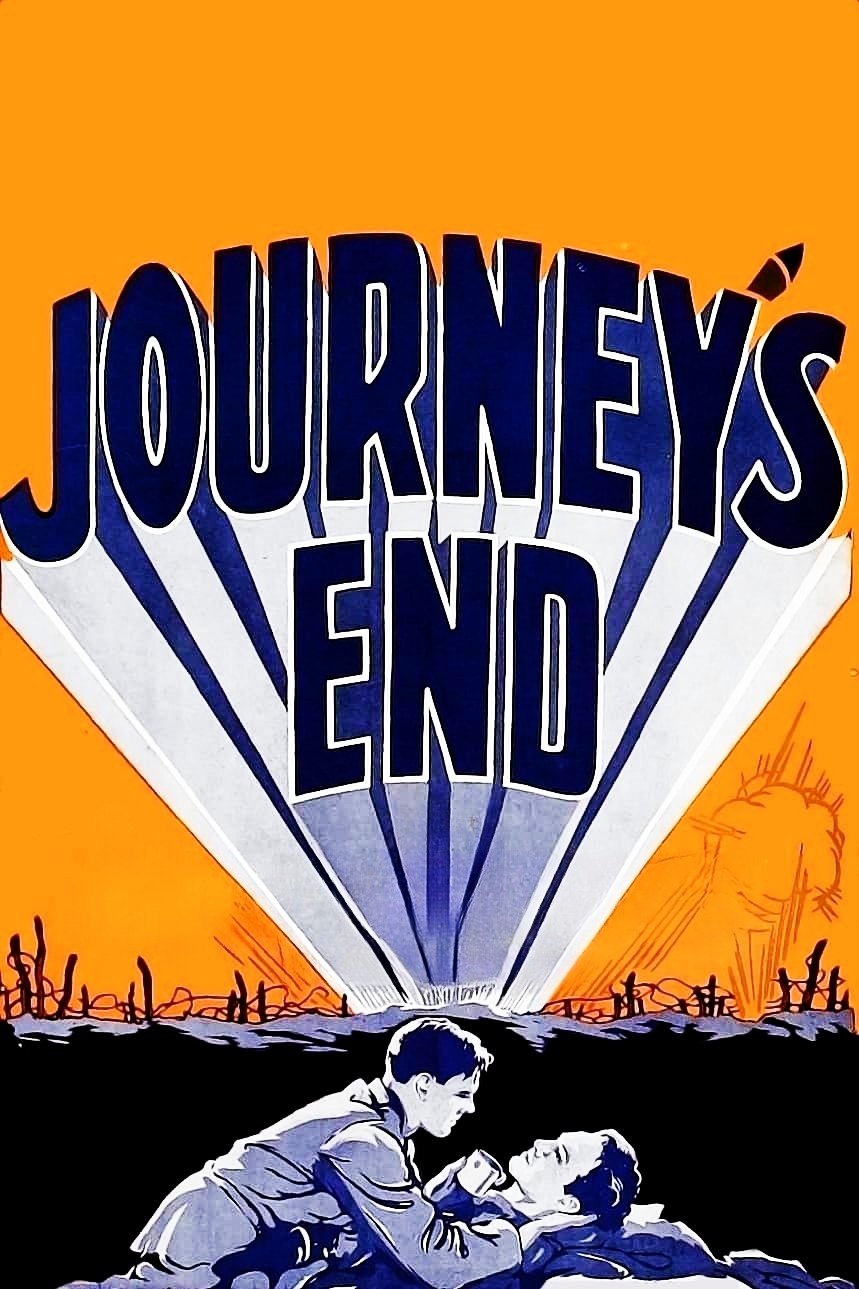
As a huge movie buff, I always find it fascinating to learn about the background of filmmakers. James Whale, the director, actually experienced World War I firsthand – he was a British Army officer and even a prisoner of war. That experience really informed his film; he adapted this play specifically to show how incredibly stressful it was for officers stuck in the trenches. The story focuses on a captain who’s falling apart mentally because he knows a big German attack is coming. What I think is brilliant is how Whale uses the tight, confined space of the dugout – the underground shelter – to really drive home the feeling of dread and the psychological pressure of constantly waiting for something terrible to happen.
‘Slaughterhouse-Five’ (1972)
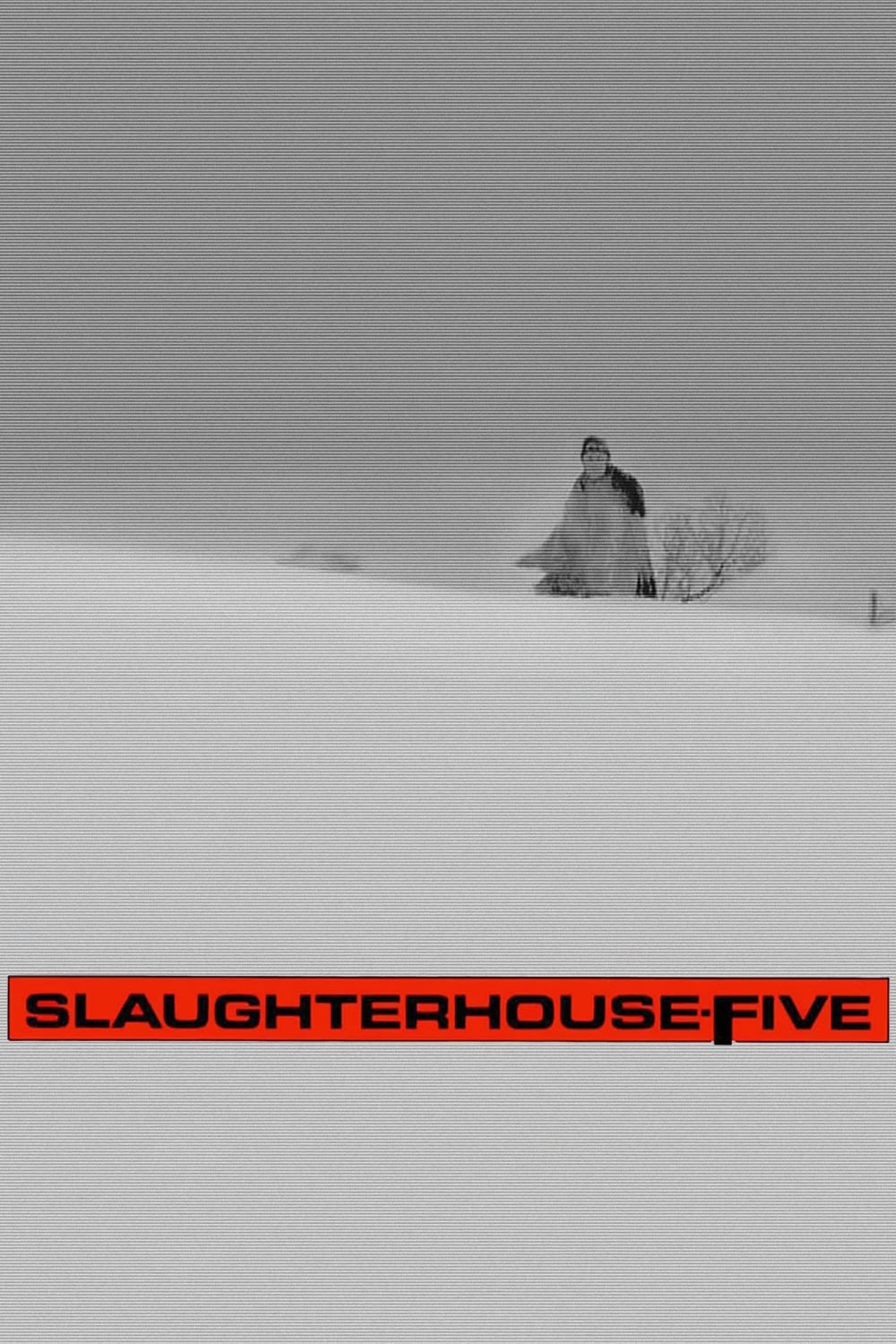
George Roy Hill was a Marine Corps pilot during both World War II and the Korean War. He famously directed a film based on Kurt Vonnegut’s novel about a soldier struggling with fragmented memories after surviving the bombing of Dresden. The movie combines science fiction with the harsh realities of war to examine the effects of trauma and the senselessness of violence. Hill skillfully captured the book’s confusing structure to portray the broken mental state of someone who has experienced war.
‘The Human Condition I: No Greater Love’ (1959)

Masaki Kobayashi’s time serving in the Japanese army deeply influenced his strong opposition to war, a theme evident in his films. This movie begins a powerful three-part series that follows a man who oversees a work camp and tries to stay true to his beliefs as the war goes on. Kobayashi used his own feelings of regret and defiance to create the main character’s fight against a harsh and controlling military. The film is a powerful condemnation of how war strips people of their humanity.
‘Cross of Iron’ (1977)
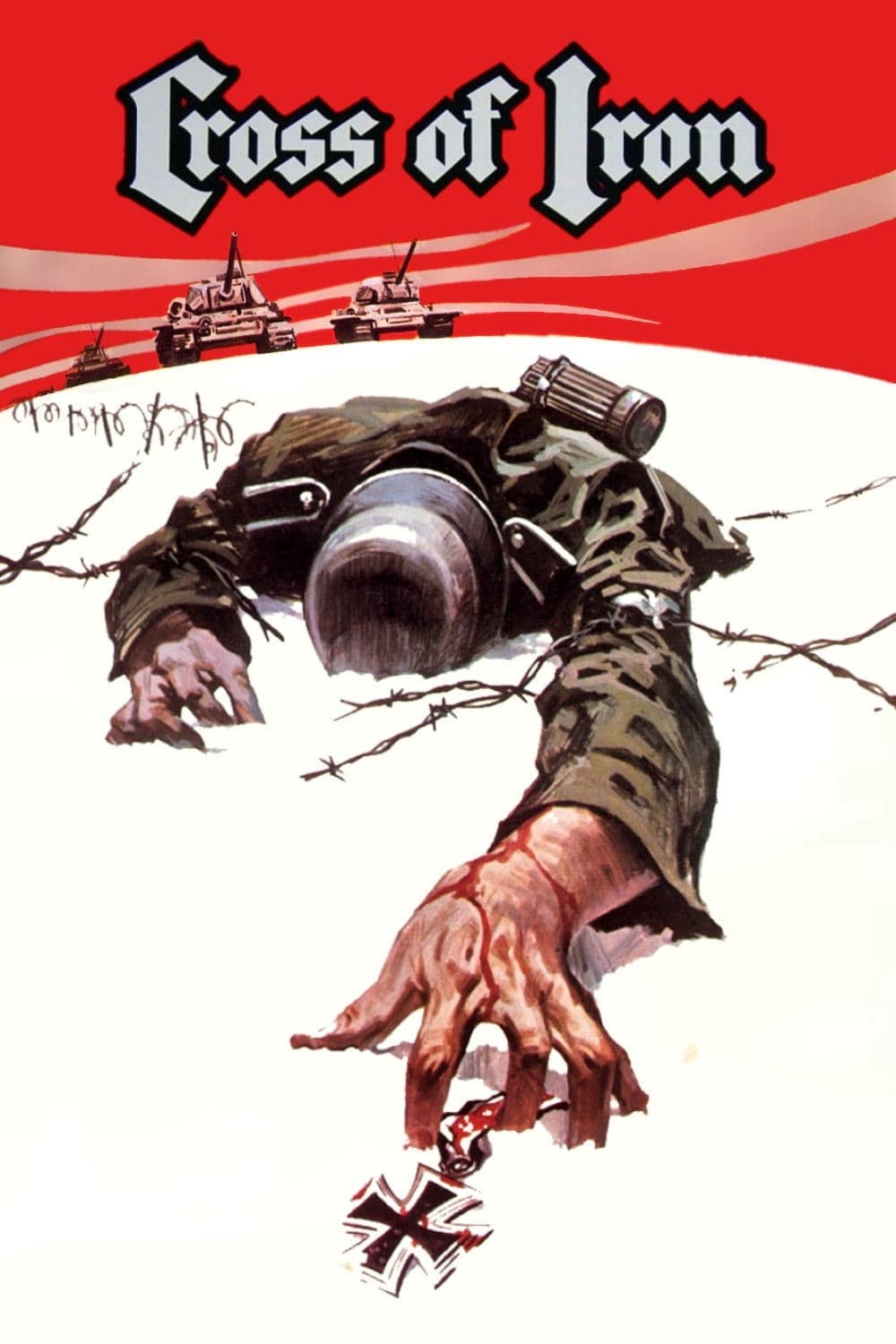
Sam Peckinpah was a Marine during World War II and saw the devastation in China after battles. His film offers a rare look at a German unit fighting on the Eastern Front as they try to escape the advancing Soviet army. The story centers on the tension between a tired sergeant and a privileged officer who is willing to sacrifice his soldiers for personal recognition. Peckinpah filmed the battle scenes with a raw, frantic energy, capturing the brutal and disorienting reality of war.
‘Patton’ (1970)
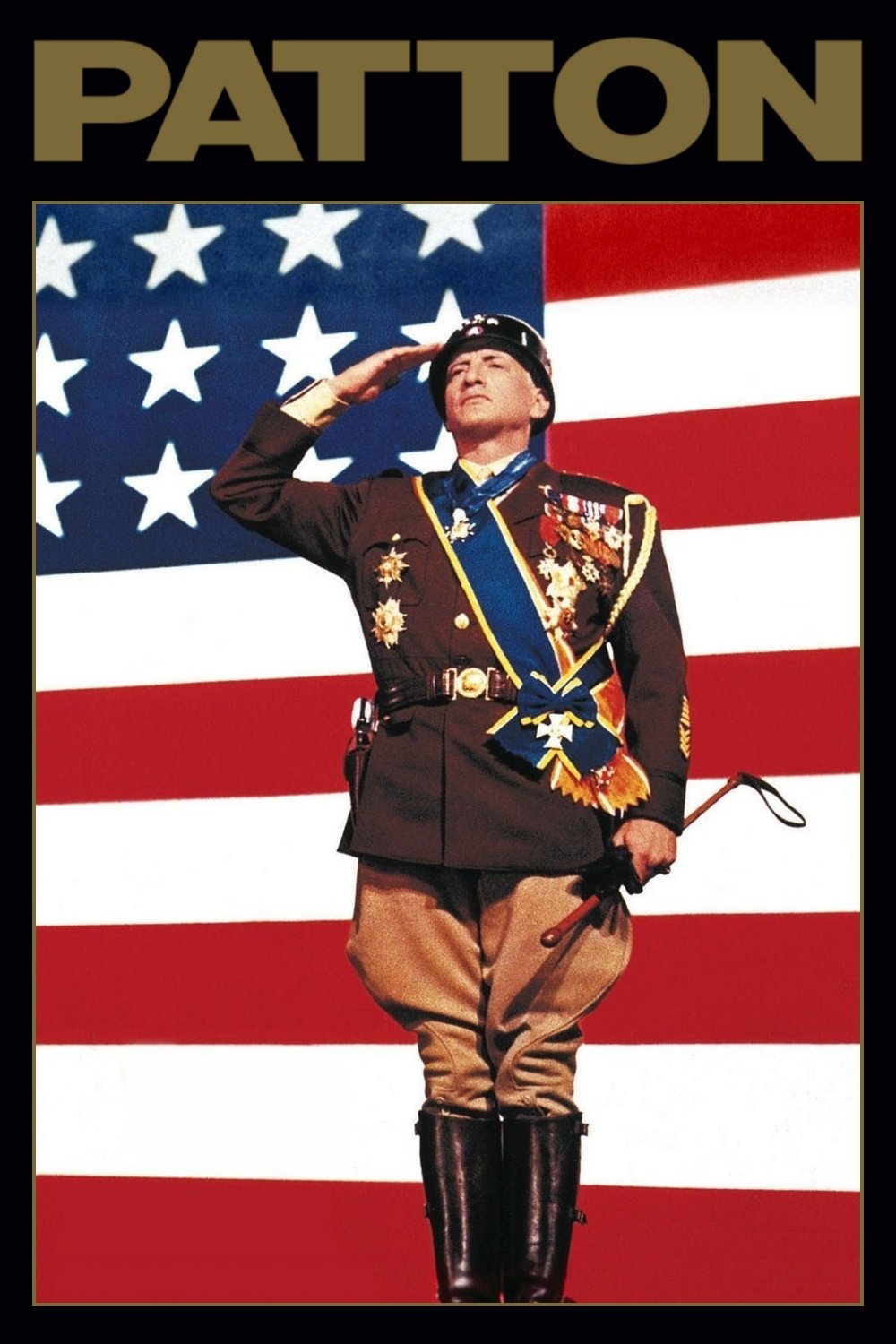
Franklin J. Schaffner, a World War II veteran who took part in naval landings in Europe and Africa, directed a film about the life of General George S. Patton. The movie explores Patton’s complex career, showcasing both his successes as a military strategist and his problematic behavior. Schaffner skillfully portrayed Patton’s brilliance alongside his arrogance and poor people skills, creating a lasting and insightful look at a man deeply consumed by war.
‘M*A*S*H’ (1970)
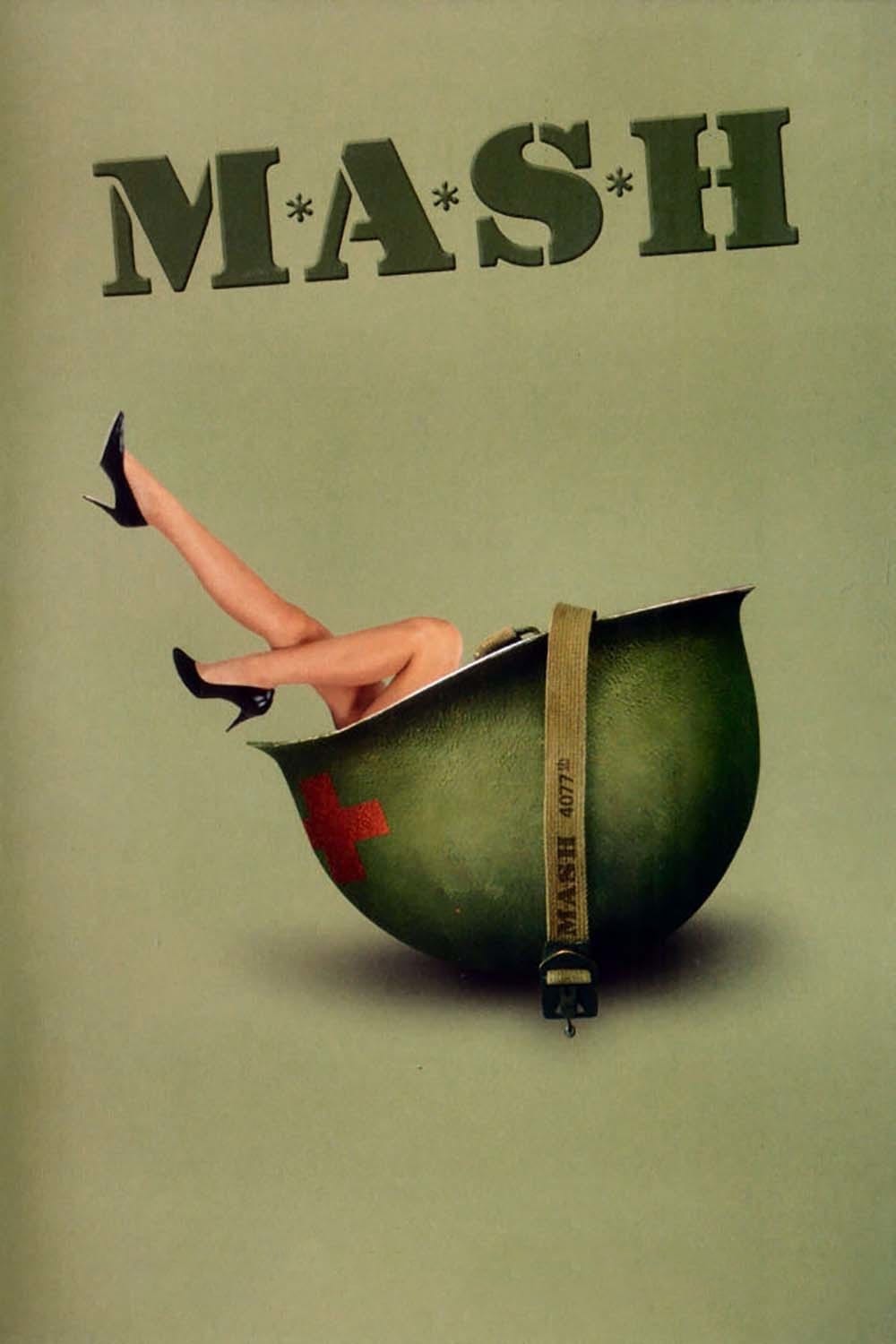
Robert Altman flew as a co-pilot in the Pacific during World War II. His film is a darkly comedic look at the lives of doctors and nurses working at a Mobile Army Surgical Hospital during the Korean War. Altman’s style—with characters talking over each other and a generally chaotic feel—reflects the frantic and overwhelming experience of wartime medicine. The film uses humor to cope with the constant trauma and violence.
‘The Hill’ (1965)
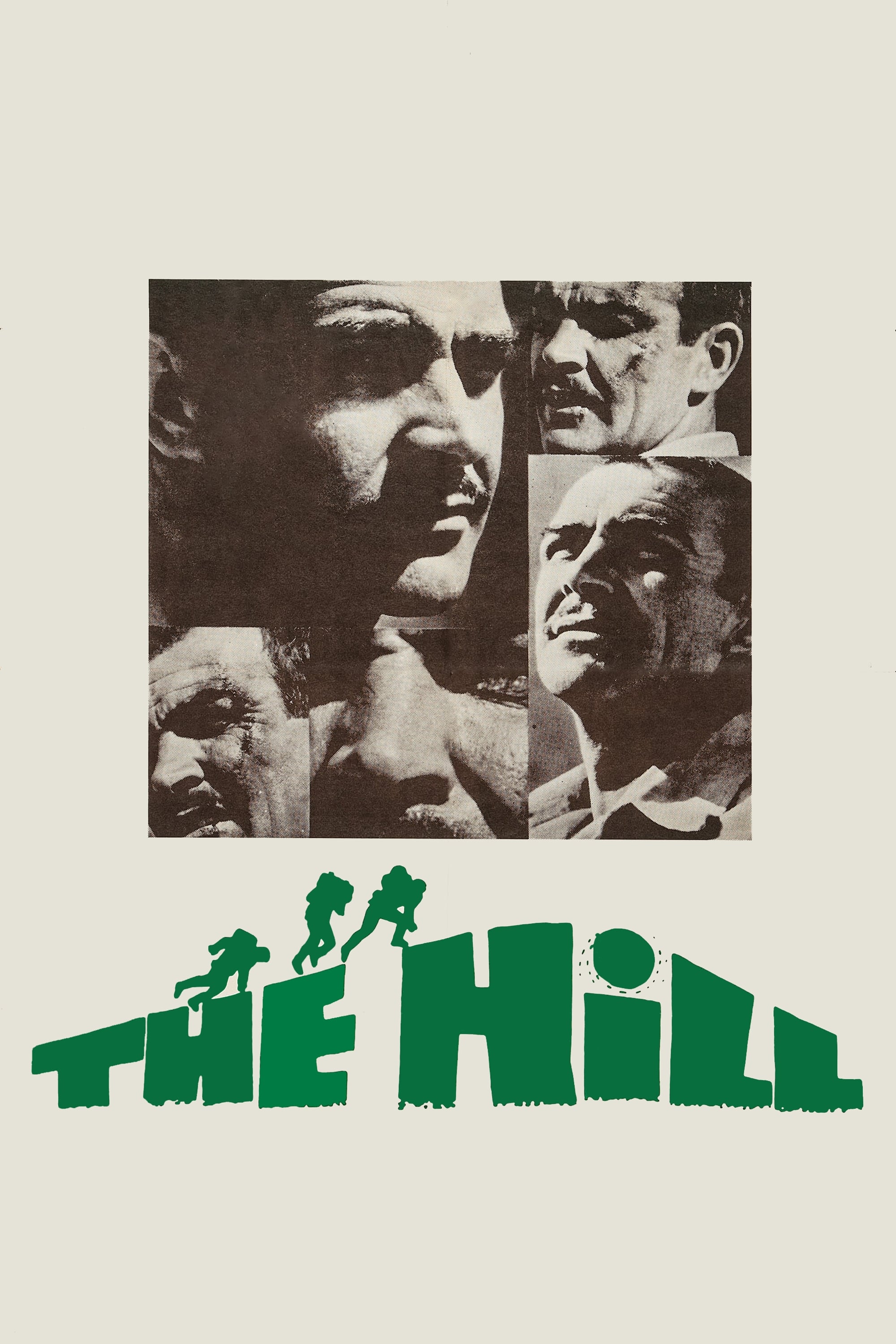
I was really struck by how Sidney Lumet’s own experiences in the Army during World War II seemed to deeply influence this film. It’s set in a tough British military prison in North Africa, and the central punishment – making prisoners repeatedly climb this artificial hill – is just grueling. Lumet did such a fantastic job creating this incredibly intense, hot, and exhausting environment; it really felt like you were watching these men pushed to their absolute limits. Ultimately, the film feels like a harsh but important look at how power can be misused and the impact of strict authority, especially within the military.
‘All Quiet on the Western Front’ (1930)

Lewis Milestone’s experience in the U.S. Army Signal Corps during World War I heavily influenced this film, bringing a sense of realism to the story. It centers on a group of German students who eagerly join the army, but quickly confront the brutal truth of life in the trenches. Milestone pioneered innovative camera work and sound techniques to put the audience right alongside the soldiers. The result is a deeply moving and enduring condemnation of war.
‘Ballad of a Soldier’ (1959)
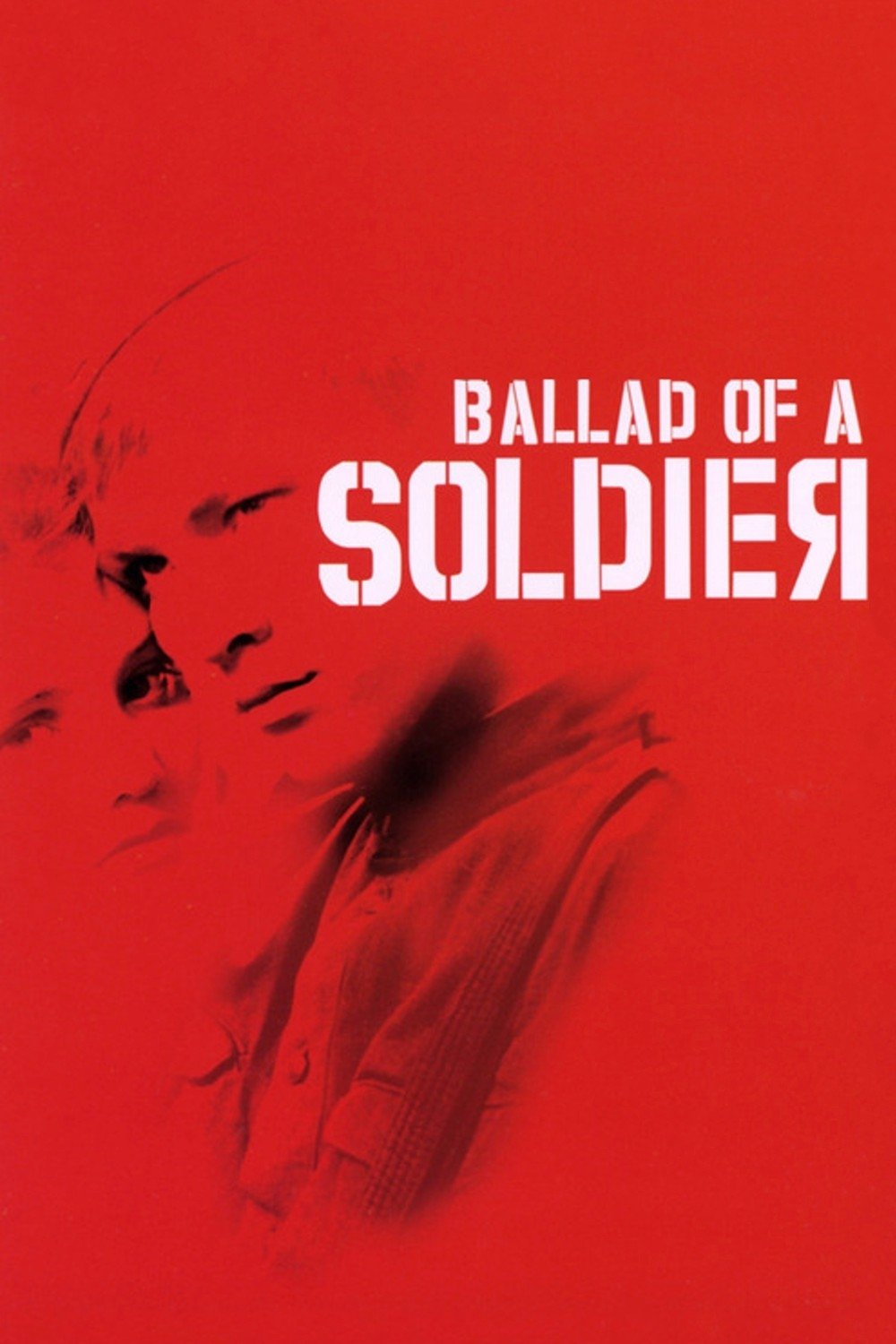
I just finished watching a truly moving film by Grigory Chukhray, a veteran of WWII himself, and it really stayed with me. It’s not a war movie in the traditional sense; instead, it follows a young soldier given a short leave to see his mother after showing incredible bravery. The film beautifully focuses on the people he encounters along the way and a blossoming romance, rather than the horrors of battle. It felt like a tender, poetic remembrance of all those Soviet young men who didn’t make it home – a really powerful and affecting piece of cinema.
Read More
- Silver Rate Forecast
- Красный Октябрь акции прогноз. Цена KROT
- Gold Rate Forecast
- Dogecoin’s Big Yawn: Musk’s X Money Launch Leaves Market Unimpressed 🐕💸
- Bitcoin’s Ballet: Will the Bull Pirouette or Stumble? 💃🐂
- Navitas: A Director’s Exit and the Market’s Musing
- LINK’s Tumble: A Tale of Woe, Wraiths, and Wrapped Assets 🌉💸
- Nvidia vs AMD: The AI Dividend Duel of 2026
- Can the Stock Market Defy Logic and Achieve a Third Consecutive 20% Gain?
- Solana Spot Trading Unleashed: dYdX’s Wild Ride in the US!
2025-11-25 21:20